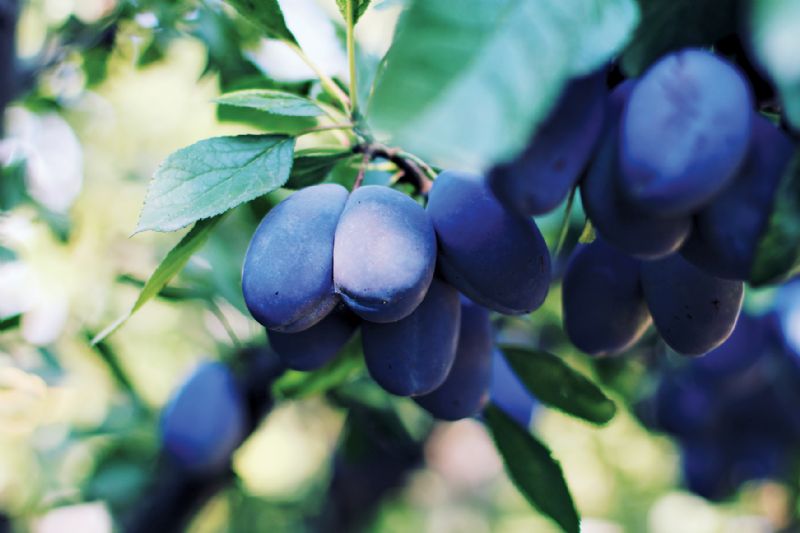- Home
- News, Articles & Reviews
We are hiring! Please click here to join our growing magazine delivery team in Gloucestershire!
Areas
Homes & Gardens
Archive

Autumn planting and care
All Areas > Homes & Gardens > In the Garden
Author: Julia Smith, Posted: Monday, 25th September 2023, 09:00
October can still produce some lovely sunny days, along with misty mornings and gloomy skies – mind you, August seemed to provide us with a good amount of gloomy skies, too!
It is the shortening hours of daylight that signal to the plants to stop growing as autumn rolls on. But even if the good weather appears, it is never going to last. The leaves will start to fall and cover the garden, and the late-flowering herbaceous perennials like the asters and Japanese anemones will start to go over.
Winter foliage
Now is the time to plant wallflowers, which will give foliage all winter and flower in the spring next year. You see the bundles of wallflowers in greengrocers and garden centres – choose fresh ones and plant out immediately. Orange wallflowers look brilliant with dark tulips such as ‘Queen of Night’ or ‘Havran’.
It is at this time of year that the Hylotelephium (syn. Sedum) or the ‘Ice Plant’ comes into its own, as the borders settle into the last round before winter. It starts early in spring with the fat rosettes of succulent, lettuce-green leaves, topped with salmon-pink flower heads in summer, maturing to pinkish-bronze then coppery-red in autumn.
A late source of nectar for butterflies and bees
This versatile perennial is a perfect filler plant for a sunny, well-drained spot. A valuable late source of nectar for butterflies and bees, the dried flowerheads provide structure and colour in the winter garden, and in November they still look interesting.
Fruit trees are really becoming popular, as they take little looking after (unlike vegetables) and can provide enough fruit to fill the freezer to use all year round. October is a good time to prepare the ground for new fruit trees and bushes.
If planting on heavy soil, add plenty of grit to ensure drainage is adequate. Work in plenty of well-rotted manure into each planting position and add a handful of slow release fertiliser when you plant the new trees.
Keep moisture in and deter weeds
Mulch is a term that is bandied about by garden articles, and it basically means a layer of material laid over the earth to keep moisture in and deter weeds. The composted leaves you make are perfect to lay down around hydrangeas, and especially other plants which prefer an acidic soil (pH of under 7) like azaleas and camellias.
Bark can also be used, as can gravel and slate chippings. The golden rule is to make sure the soil underneath is moist before you lay down the ‘mulch’, and to remove perennial weeds such as dandelions. October is a good month to mulch as the soil is still warm, and it will improve the condition of your soil in the future.Other Images
Copyright © 2025 The Local Answer Limited.
Unauthorized use and/or duplication of this material without express and written permission from this site's author and/or owner is strictly prohibited. Excerpts and links may be used, provided that full and clear credit is given to The Local Answer Limited and thelocalanswer.co.uk with appropriate and specific direction to the original content.More articles you may be interested in...


© 2025 The Local Answer Limited - Registered in England and Wales - Company No. 06929408
Unit H, Churchill Industrial Estate, Churchill Road, Leckhampton, Cheltenham, GL53 7EG - VAT Registration No. 975613000You are leaving the TLA website...
You are now leaving the TLA website and are going to a website that is not operated by us. The Local Answer are not responsible for the content or availability of linked sites, and cannot accept liability if the linked site has been compromised and contains unsuitable images or other content. If you wish to proceed, please click the "Continue" button below:




